Sabah Al Ahmad Sea City is a massive project underway in the south of Kuwait very close to the Saudi Arabian border. It is the first of it’s kind in Kuwait and has even been featured as a documentary on BBC.
I visit the project a number of times each month to survey the birds in the various phases including beaches and newly created island habitats. This Spring has been very encouraging with many new species added to the project checklist.
Wader numbers will slowly increase over the coming weeks and Kentish Plovers will have already bred. This month, there have been numbers of Little Stints (Calidris minuta)
As well as a few Sanderling (Calidris alba); note the lack of hind toe that is a good identification feature
Whinchat‘s (Saxicola rubetra) seem to be found everywhere in April and no exception in Sea City. Observations indicate that males are more prevalent
than females
Turkestan Shrikes (Lanius phoenicuroides) outnumber
Daurian Shrikes (Lanius isabellinus) around 70:30
A single Masked Shrike (Lanius nubicus) was also seen
And Lesser Grey Shrikes (Lanius minor) made a welcome return
Flowering Bottlebrush were a magnet for Eurasian Blackcaps (Sylvia atricapilla)
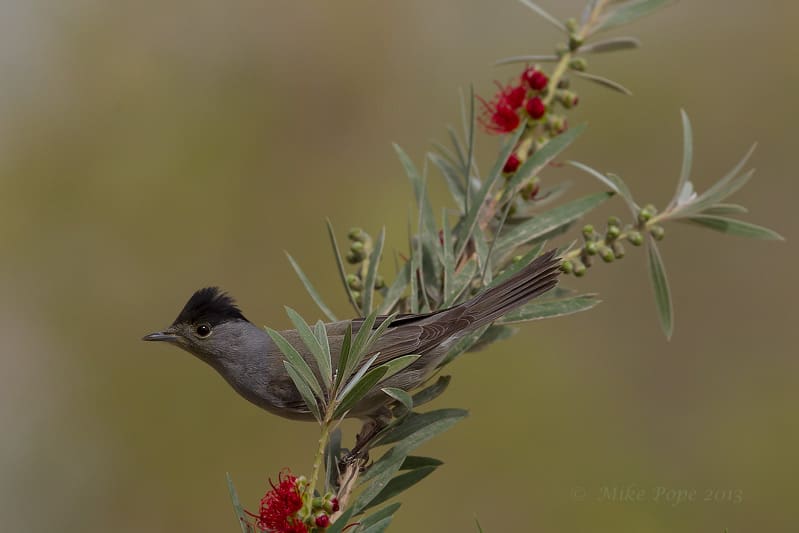
And Lesser Whitethroat (Sylvia curruca)
Warbler seen so far included Upchers and this Barred Warbler (Sylvia nisoria)
Other spring passerines included a few female Ehrenbergs Redstarts (Phoenicurus p. sammamisicus), note the pale wing patch which is an identification feature of this ssp
and a male Common Redstart (Phoenicurus phoenicurus)
Eurasian Wryneck (Jynx torquilla)
Numbers of White-throated Robin (Irania gutturalis)
and a few Rufous-tailed Scrub Robin (Cercotrichas galactotes)
One of myfavourite’s, is the male Rufous-tailed Rock Thrush (Monticola saxatilis)
In the desert area, I found Red-throated Pipit (Anthus cervinus)
And a few female Pied Wheatear‘s (Oenanthe pleschanka) . I suspect there is sexual segregation in migratory pattern of Pied Wheatear, as the male birds arrived and have already departed a few weeks ago
Sadly, even in this pristine environment, shooting of migratory birds continues like a plague wherever migratory birds are found. This is something we are trying to address through awareness. But, this epidemic really needs legislation and enforcement to be fully effective and to offer migratory birds some protection.
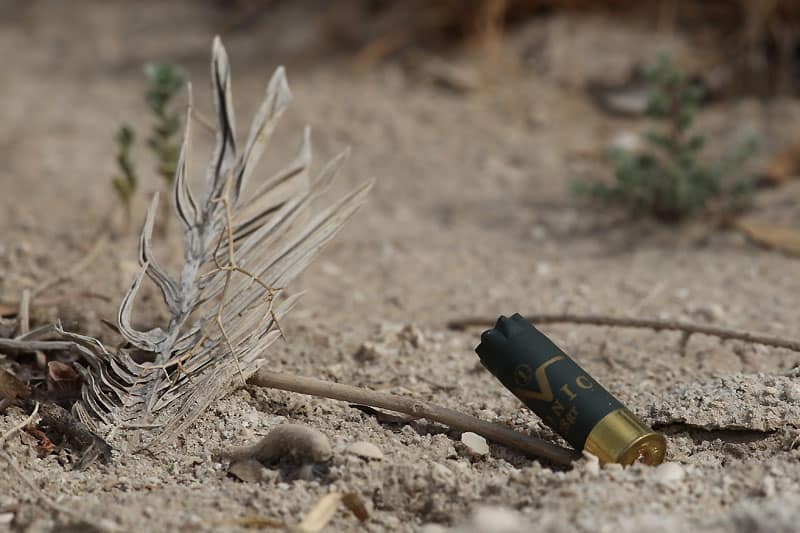
Michael Pope
A South African ex-pat who currently resides in Kuwait with his family since October 2006 and maintains a full time job as an IT Project Manager delivering and implementing projects in Kuwait and the GCC. An avid naturalist with an interest in wildlife and conservation that started early in his schooling when he was selected to spend a week in Londolozi Game Reserve learning about Conservation and Game Ranger principals. That week had a profound impact, the seed was sown and a passion for birds, photography, wildlife, biodiversity and conservation was instilled. He has travelled and explored the length and breadth of South and Southern Africa in search of birds, Aside from birds, he photographs landscapes, mammals, reptiles and just about any living creature he can get in front of his lens. Since arriving in Kuwait has also explored many other countries expanding his list and knowledge. In Kuwait his passion for birding, photography and highlighting the need for conservation and protection of migratory birds has continued and this is showcased on his Kuwait Birding Blog http://kuwaitbirding.blogspot.com/) . In early 2008 he was proposed as and still is Chairman of Kuwait Ornithological Records Committee. However, a personal achievement of his birding tenure in Kuwait is Co-editor for the milestone publication of “Birds of Kuwait – A Comprehensive Visual Guide” in collaboration with BioDiversity East and KUFPEC.

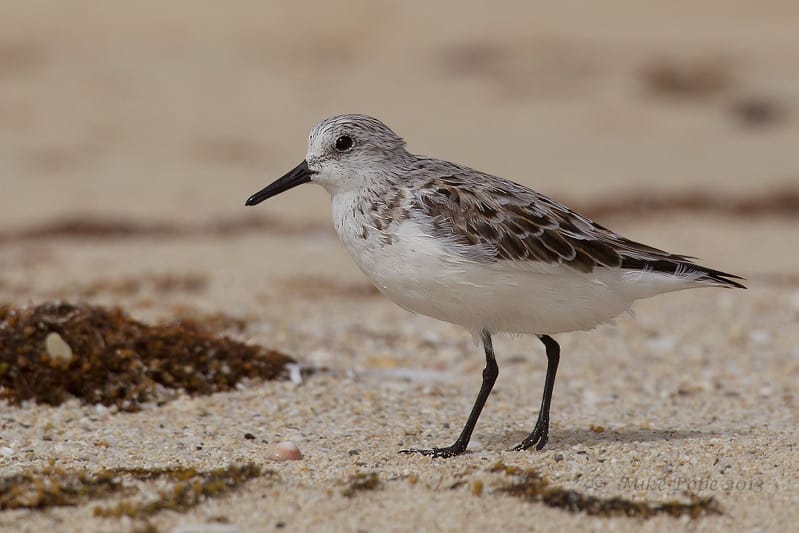
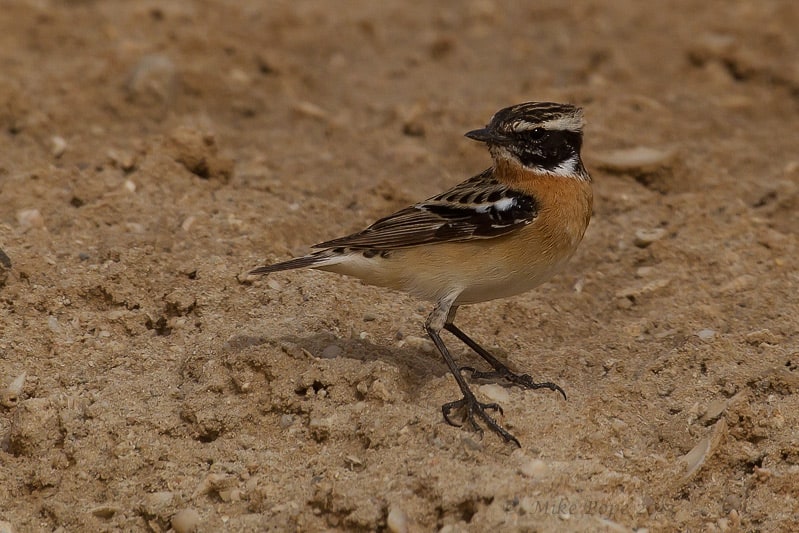
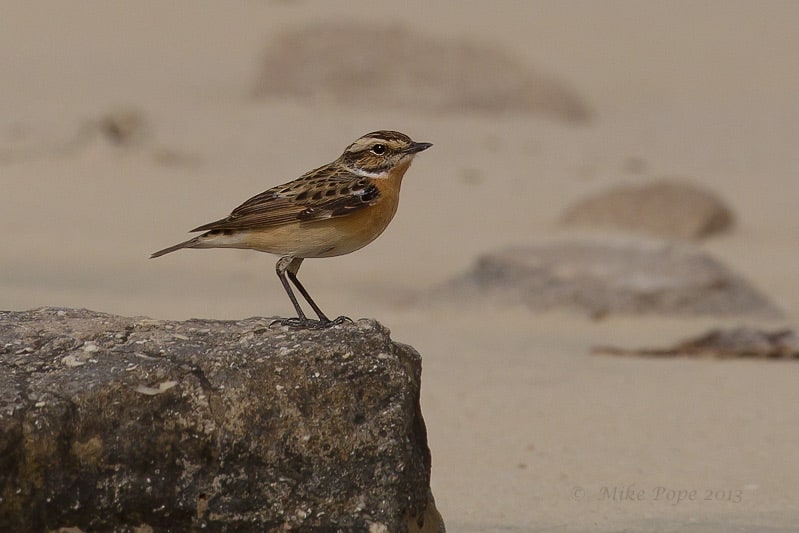
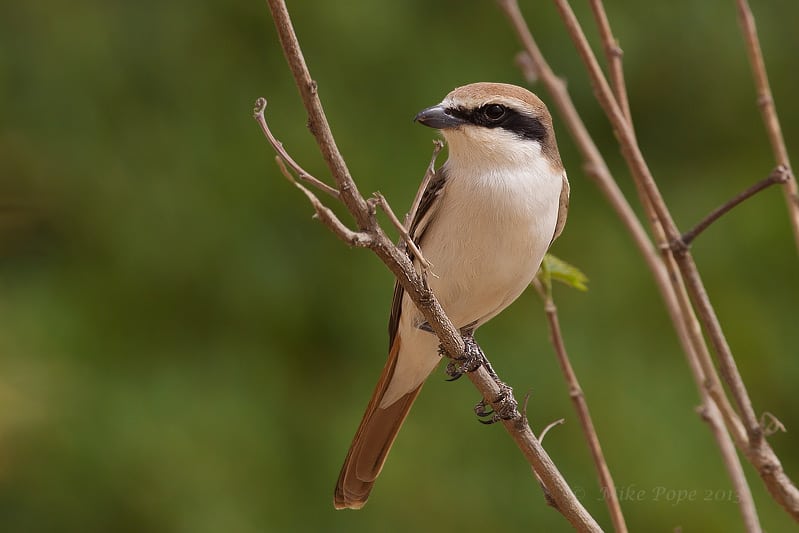
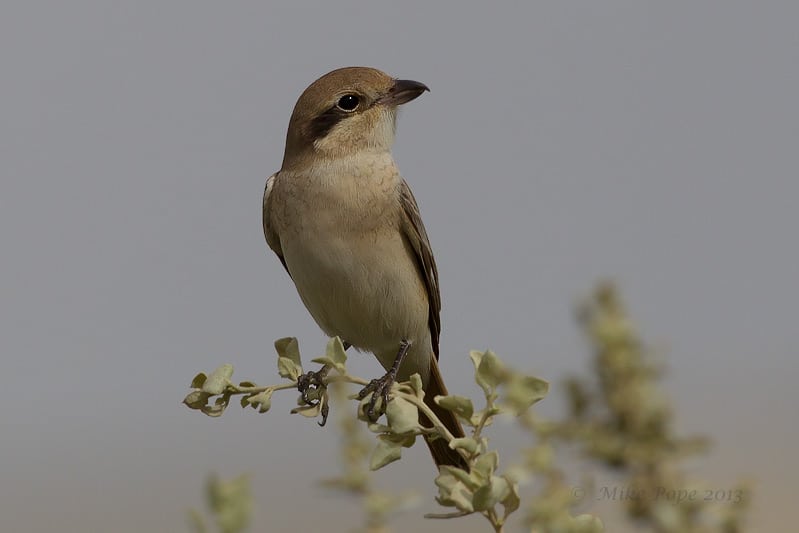
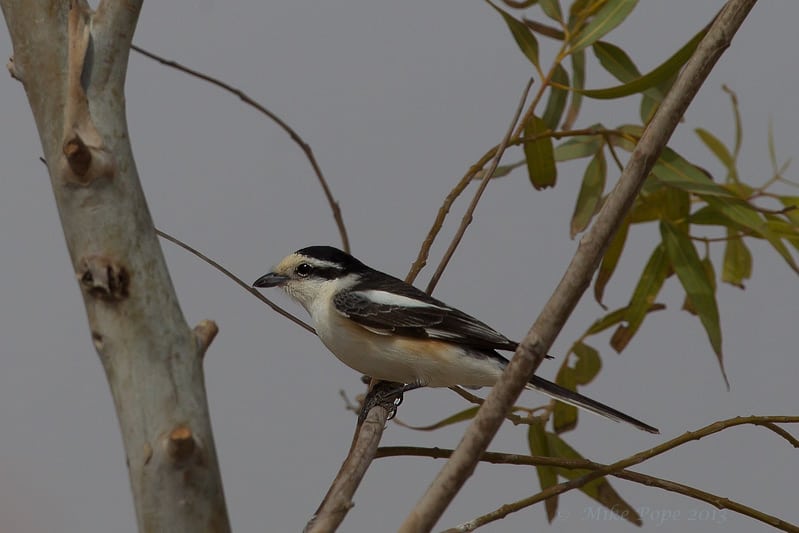
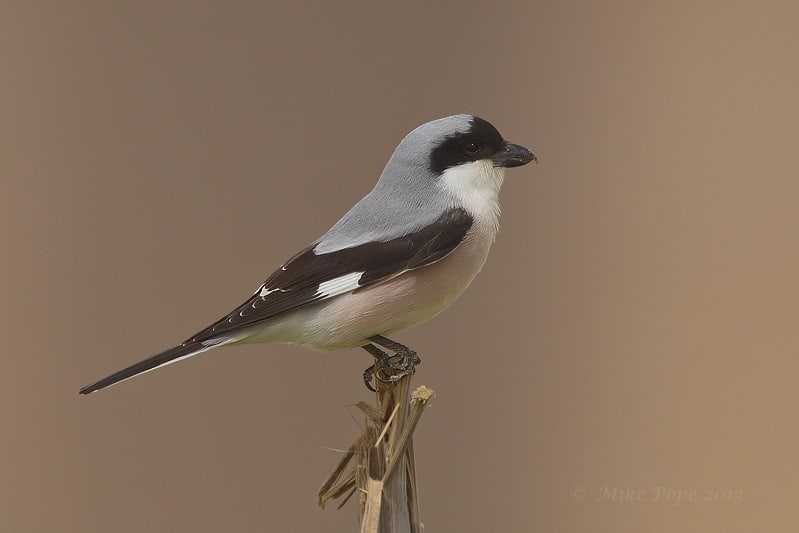
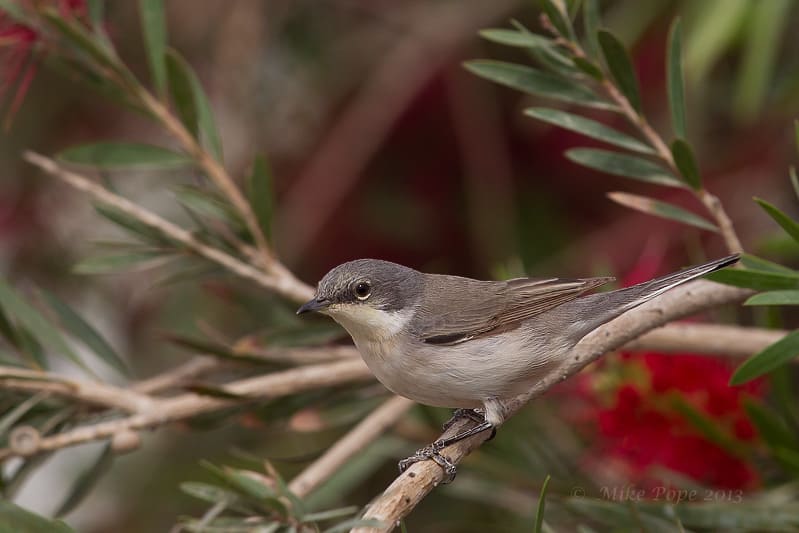
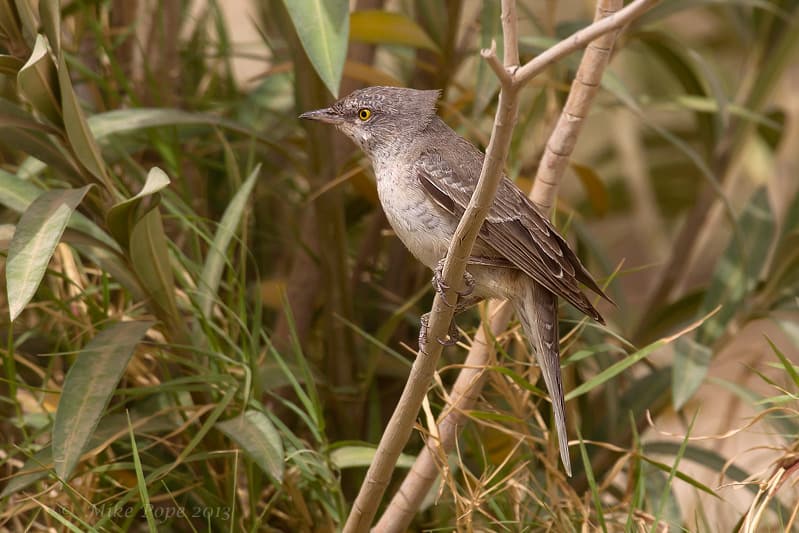
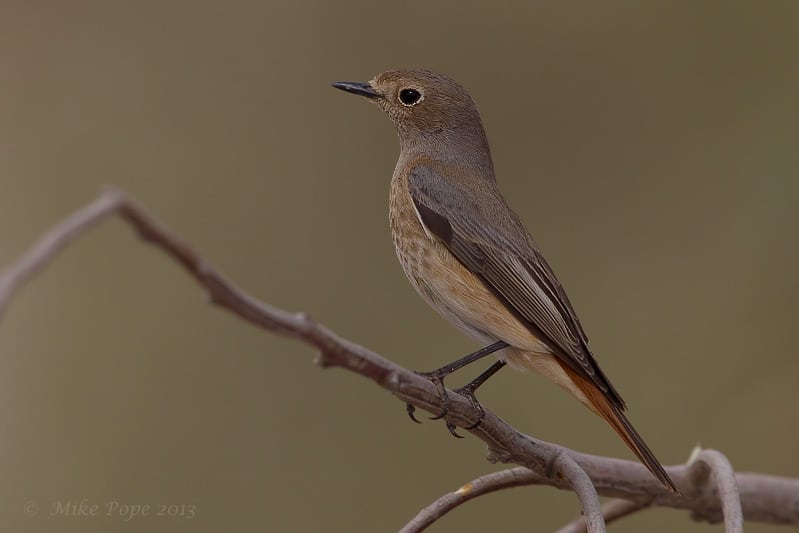
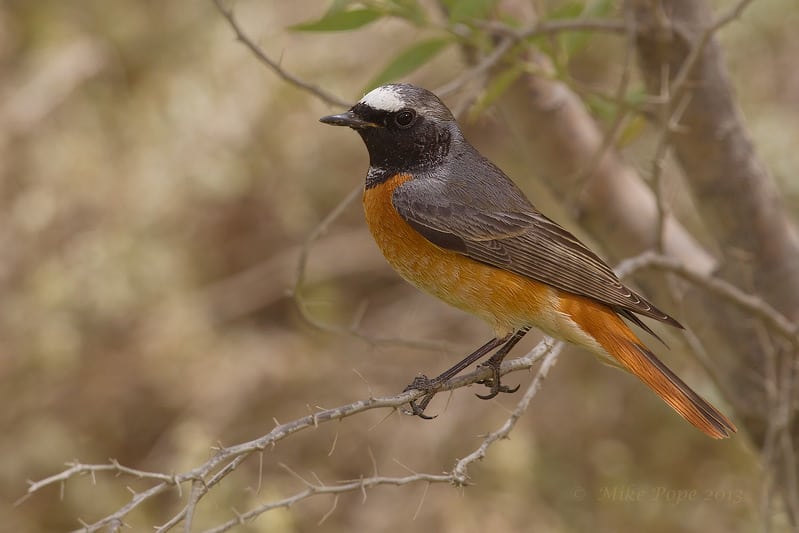


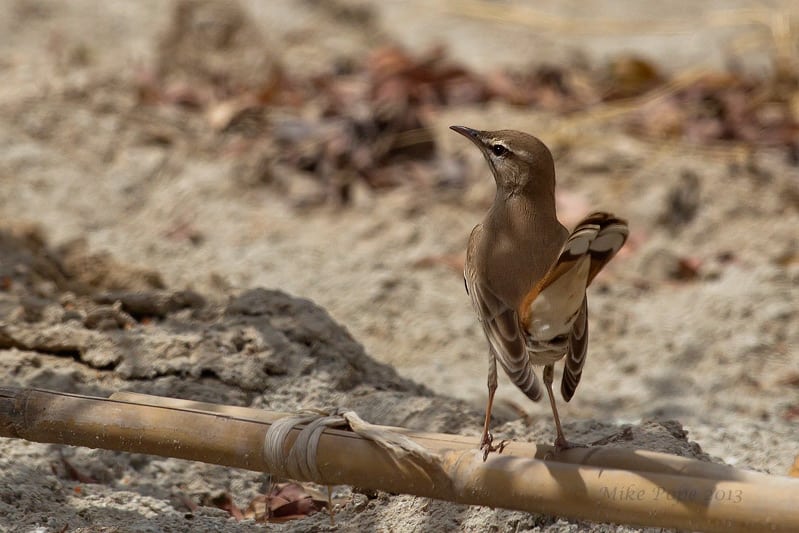



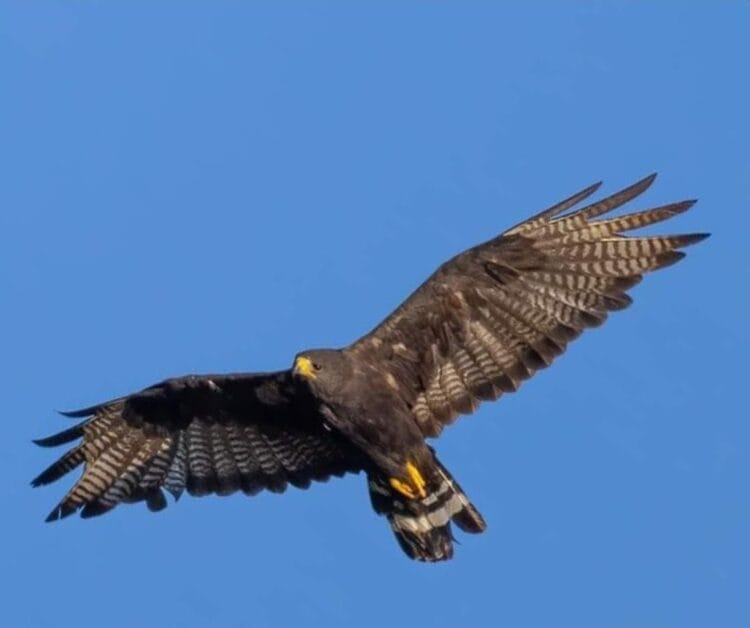
Leave a Reply